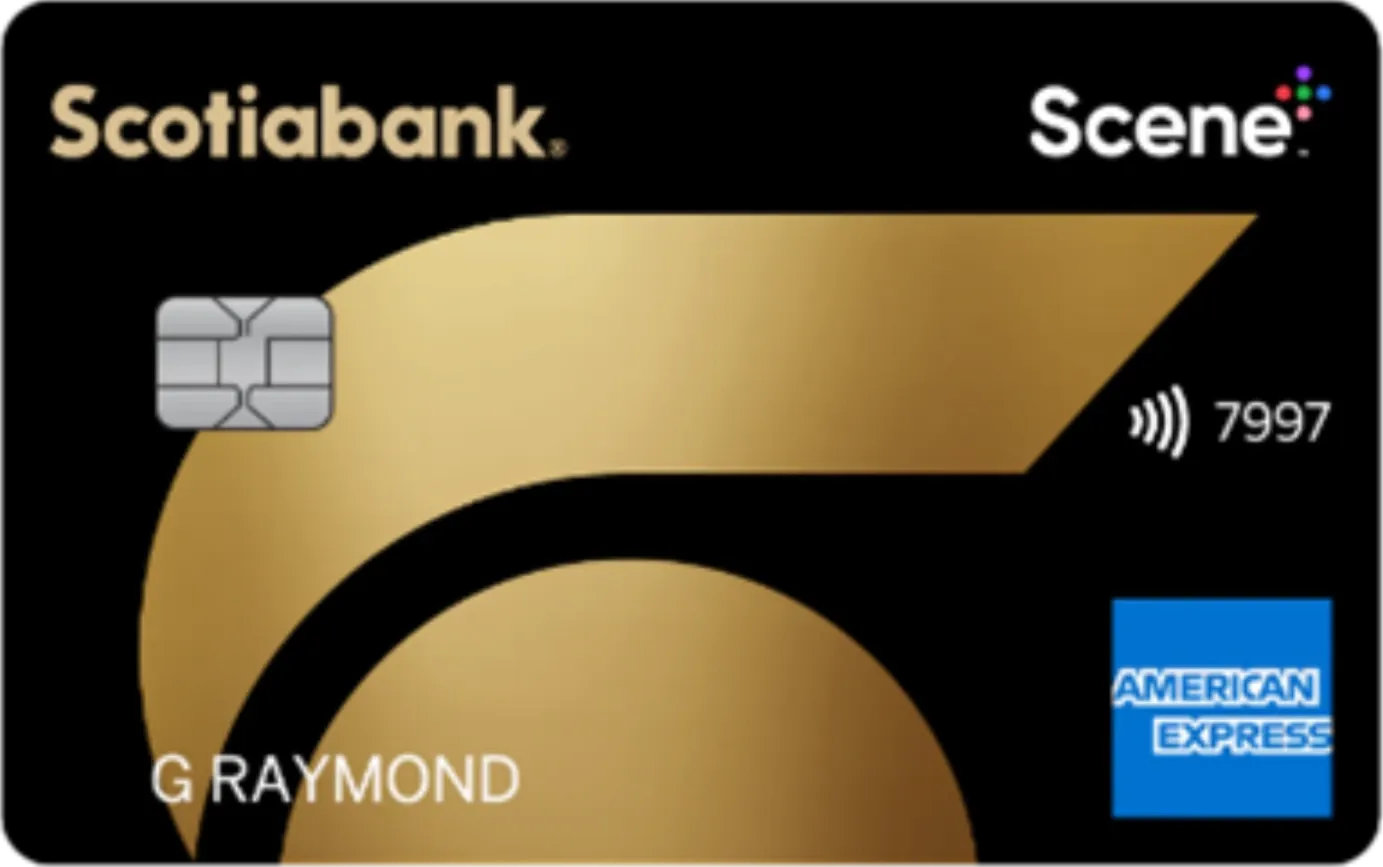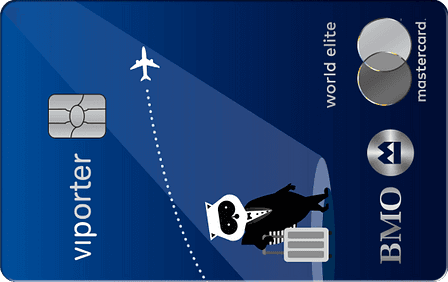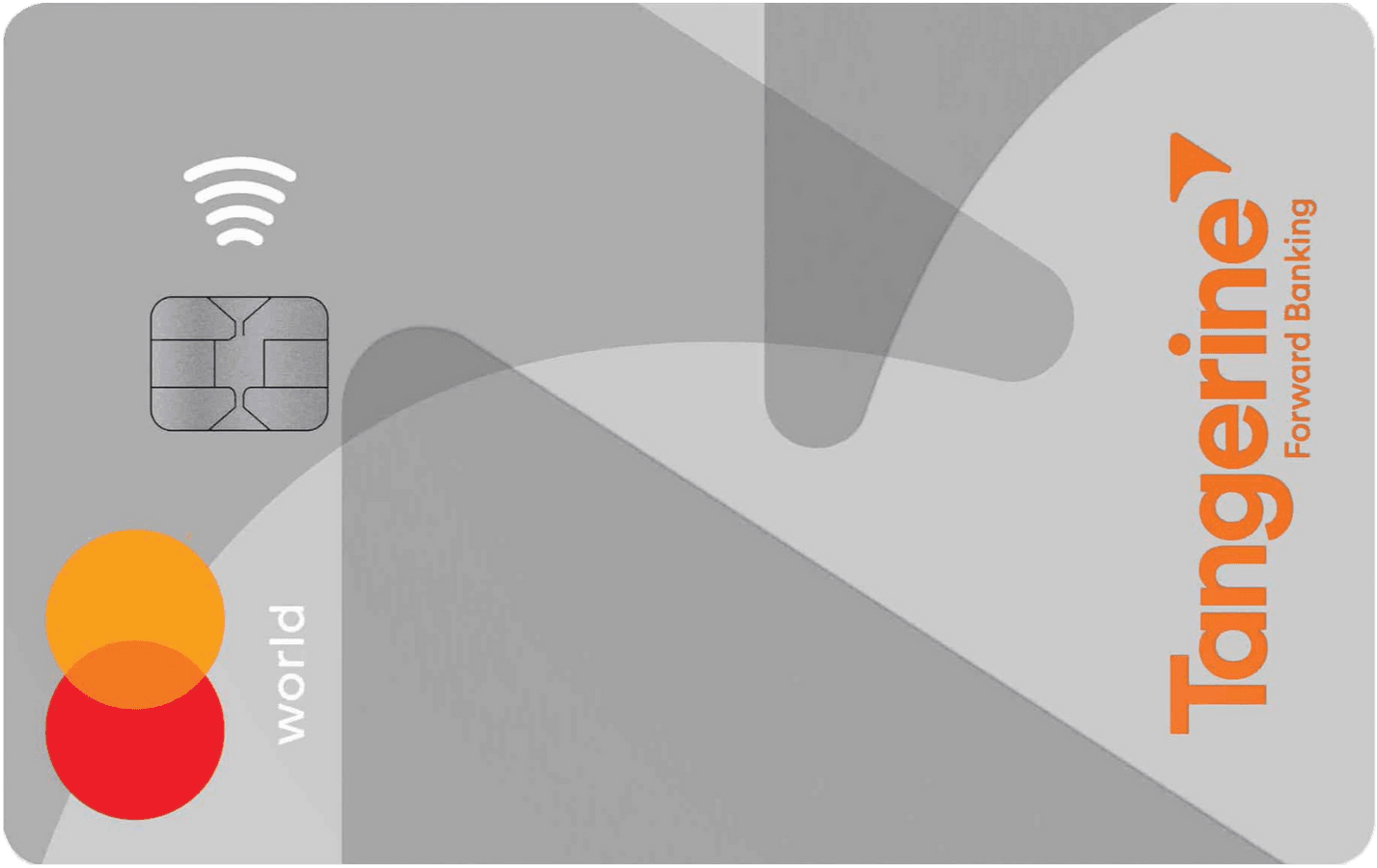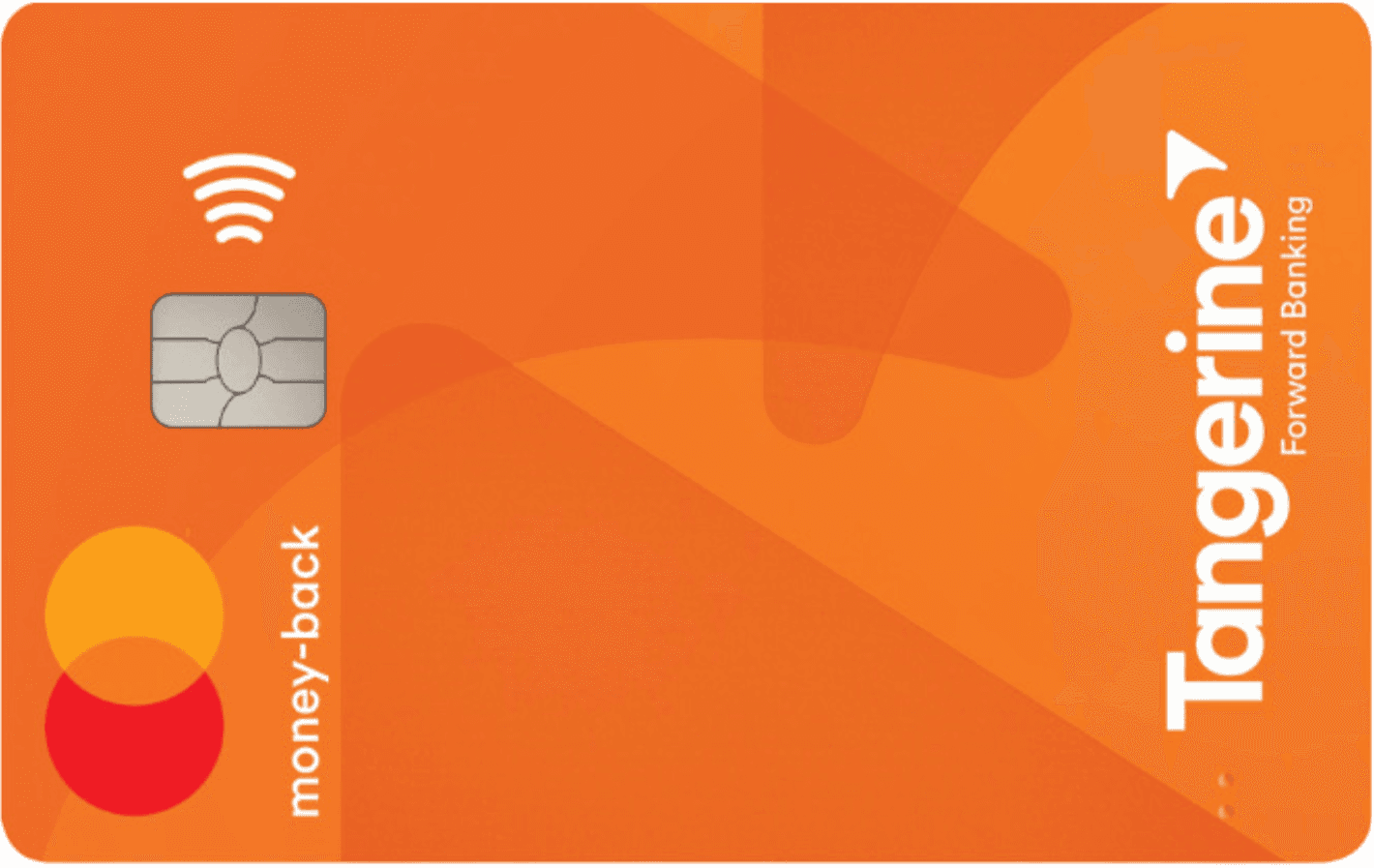
Strategic Card Switching: Maximizing Rewards for Canadians
Published June 30, 2025
•
Last updated August 17, 2025
5 min read
While there are credit cards that cover many reward, perk, and coverage categories, it’s tough to find options that are truly one-size-fits-all. In many cases, you’ll need multiple credit cards to maximize rewards on all of your expenses. To enhance these expenses effectively, you’ll want to become skilled at strategic card switching.
Not to be confused with credit card churning, strategic card switching is when you alternate credit cards based on each purchase.
For example, a healthy credit card rotation would consist of using a grocery-optimizing credit card to restock the refrigerator, a dining credit card to cover restaurant bills, and a travel credit card to secure vacation bookings. The idea is that every card complements one another, making up for what the others may lack.
With the right credit card combination, you can successfully optimize all of your most common purchases, obtain plenty of insurance coverage, and pocket tons of benefits that save you time, money, and stress.
At first, the concept might sound simple, but in reality, it’s tricky to master.
For the top tips on how to successfully practice strategic credit card switching to maximize your rewards, keep scrolling.

First, is it Beneficial to Have Multiple Credit Cards?
When you keep track of spending, bill payments, and the best optimization tactics between cards, it can be very beneficial to carry multiple credit cards.
Your first credit card was likely pretty basic, covering everyday purchases like gas or groceries – essential, but not all-encompassing. These days, you likely have more expenses, maybe even a little more income to work with. If so, you’ll want an additional card or an additional couple of cards to make the most out of your finances. Perhaps it's time to consider recruits that cover recurring bill payments, entertainment, or travel purchases on top of everyday spending.
Having multiple credit cards can also increase your credit score, but only if you can keep track of each billing cycle and pay off every balance by its respective due dates.
At the very least, having more than one credit card is also beneficial if you ever need a backup. You never know when your card could get declined, and before having to call your bank and sort everything out, it’s nice to have another option – or two – tucked inside your back pocket.
How To Optimize Multiple Credit Cards with Strategic Card Switching
Now that you know that it can be extremely beneficial to own multiple credit cards (when managed responsibly), it’s time to dig deeper into how to successfully optimize your cards.
Review Your Spending Habits
To start, you’ll want to review your spending habits and ensure that you have a card for every relevant spending category. This means every purchase you make will be rewarded in some way, whether that’s with points or cashback or both.
Our Credit Card Finder tool allows you to input how much you spend on various categories like groceries, restaurants, gas, travel, transportation and more. Once you’ve plugged in your spending patterns, our algorithm will generate the best options to add to your credit card collection – you might even find a few contenders that optimize the majority of your spending.
Time Intro Offers Effectively
Many credit cards come with welcome bonuses that optimize your spending during a specified period of time. When planned out accordingly, these intro offers can be extremely beneficial.
Some of these bonuses come with spending requirements, meaning you’ll have to hit a certain spending milestone to unlock the offer. With this in mind, you’ll want to time large, appropriate purchases strategically with the opening of each account. For instance, with a brand new travel credit card, you’ll want to open the account at the same time you’re ready to book a trip using the card in question – extracting all the promotional points possible in the process. You may even want to pause the usage of other credit cards to hit these limited-time spending goals, especially if your other cards have completed their promotional periods. In short, prioritize promotional opportunities when applicable.
Seek Out Consistently High Reward Rates
While intro reward rates are enticing, all-time rates are what you really want to focus on. Ideally, you’ll want to select a line-up of credit cards with consistently high reward rates that complement your spending.
Account for All Annual Fees
If you’re selecting credit cards with consistently high reward rates, there’s a chance that most (if not all) of them will come with annual fees. Usually, a high-value card will offset its annual fee when its rewards and benefits are used to their full extent, which is why you’ll want to make sure you’re taking complete advantage of each card before spreading out your spending across too many cards with yearly costs.
How to Pick The Perfect Line-Up
The perfect credit card line-up differs by spender. Regardless, we’ve put together a few card types to consider to strategically stock your wallet.
1) The Everyday-Earning Card
First, you’ll want to make sure you have a card for everyday purchases. Oftentimes, cashback cards are preferred since the rewards you receive can be applied towards any purchase. Better yet, you can also choose a flexible cashback credit card that earns you points on all your purchases, like the no-fee Rogers Red World Elite Mastercard (best used if you have an eligible Rogers, Fido, or Shaw service – more details here) or the SimplyCash Preferred Card from American Express (with its optimized gas and groceries and high overall base rate). On the flip side, you can also opt for a cashback card that covers most of those everyday purchases (groceries, gas, recurring payments), like the Neo World Elite Mastercard (read our review), plus the opportunity to boost your everyday earn rates through savings and partner purchases.
If you prefer points, cards like the American Express Cobalt Card or the Scotiabank Gold American Express Card collect tons of points on categories like dining, gas, groceries, and transportation. These points can later be redeemed at a high value towards travel.
2) The Premium Travel Contender
Speaking of travel, there are other cards out there with better trip coverage and tons of perks to boost every adventure abroad – especially if your everyday card lacks the ability to support you out of town. Notable contenders include the Scotiabank Passport Visa Infinite Privilege Card (broken down here) and the American Express Platinum Card, both complete with exclusive airport lounge access.
3) The Store-Branded Sidekick
If you have an inseparable bond with a particular brand, you’re probably going to want a credit card that optimizes every purchase you make with them.
For example, if you’re an avid Amazon.ca shopper, you’ll want to get your hands on the Amazon.ca Rewards Mastercard, especially if you’re an Amazon Prime member.
Likewise, if you’re constantly browsing the aisles of Loblaw brand stores, the PC Insiders World Elite Mastercard is perfect for collecting those PC Optimum points.
Maybe you’re constantly shopping at Canadian Tire. In that case, consider the Triangle World Elite Mastercard.
Managing Multiple Credit Cards at Once
Of course, you can run into a bit of chaos when using multiple credit cards if you don’t manage them responsibly.
When juggling a handful of cards at once, make sure to:
- Keep up with costs and pay each card's balance in full by the associated due date, failing to do so will result in credit card debt.
- Double-check for any reward, perk, or coverage overlap – you’ll want cards that supplement each other.
- Avoid opening accounts with the intention to close them after a short period of time (for example, after a promotional period), this equates to credit card churning and can impact your credit score and your relationship with your bank.
Conclusion
Strategic card switching refers to tapping the right card, at the right place, at the right time, resulting in the complete maximization of your rewards.
To successfully switch multiple cards between purchases, you’ll want a contender for everyday expenses, a travel card for the particularly adventurous, and any store-branded options to optimize your loyalty to specific retailers.
To keep your rotation running smoothly, keep track of each card’s billing cycle, pay off every balance on time, and commit to cards that benefit you in the long term – frequent short-term commitments can be detrimental.
Frequently Asked Questions
Does owning multiple credit cards impact your credit score?
Owning multiple credit cards can positively impact your credit score by increasing your available credit, as long as you practice responsible usage.
If you aren’t responsible with your credit card usage between all cards – maybe you lose track of billing cycles, carry balances, or keep a high utilization ratio – then your credit score can be negatively impacted as well.
Is it actually beneficial to have multiple credit cards, or does it only complicate my finances?
Having multiple credit cards can be very beneficial if you manage them responsibly, select them strategically, and use them towards the best possible purchases.
First, you’ll want to pick a series of cards that, together, cover all of your spending habits. Then, you’ll want to use the right card for each type of purchase. For example, the gas optimization credit card at the gas pump, the dining credit card at the restaurant, and the travel credit card to book your flights. Finally, if you can keep track of your spending and each card’s billing cycle (even if this means drafting up an Excel sheet), avoid overspending, and pay off every balance on time, you should avoid any complications.
What’s the difference between strategic card switching and credit card churning?
Strategic card switching is the sustainable practice of knowing which card to use, where to use it, and when to use it to maximize rewards.
Credit card churning consists of constantly opening and closing credit card accounts to drain sign-up bonuses, threatening the health of your credit score and your relationship with your bank.
Are credit cards with annual fees worth the investment?
If you’re looking to maximize rewards, some of the highest value credit cards come with annual fees. While these fees can be daunting at first, if you use your rewards and perks to their full potential, in most cases, you can offset the yearly cost of the card.
All things considered, if you intend to take full advantage of a credit card, the annual fee will likely be worth it.
Trending Offers

Scotiabank Gold American Express® Card

BMO VIPorter World Elite Mastercard®∗

Tangerine World Mastercard

Tangerine Money-Back Credit Card

BMO VIPorter Mastercard®∗

Scotiabank Preferred Package Chequing for Student and Youths